How To Download Apps In Memory Card?
In today's digital age, smartphones have become an essential part of our daily lives. They serve as our communication hubs, entertainment centers, and productivity tools. However, one common issue that many smartphone users face is the limited internal storage capacity. With the increasing size of apps and media files, it doesn't take long for the internal storage to fill up, leading to performance issues and the inability to download new apps. One effective solution to this problem is to download and install apps directly onto a memory card (SD card). This article will guide you through the process of downloading apps to a memory card, ensuring that you can make the most of your device's storage capabilities.
Understanding the Basics
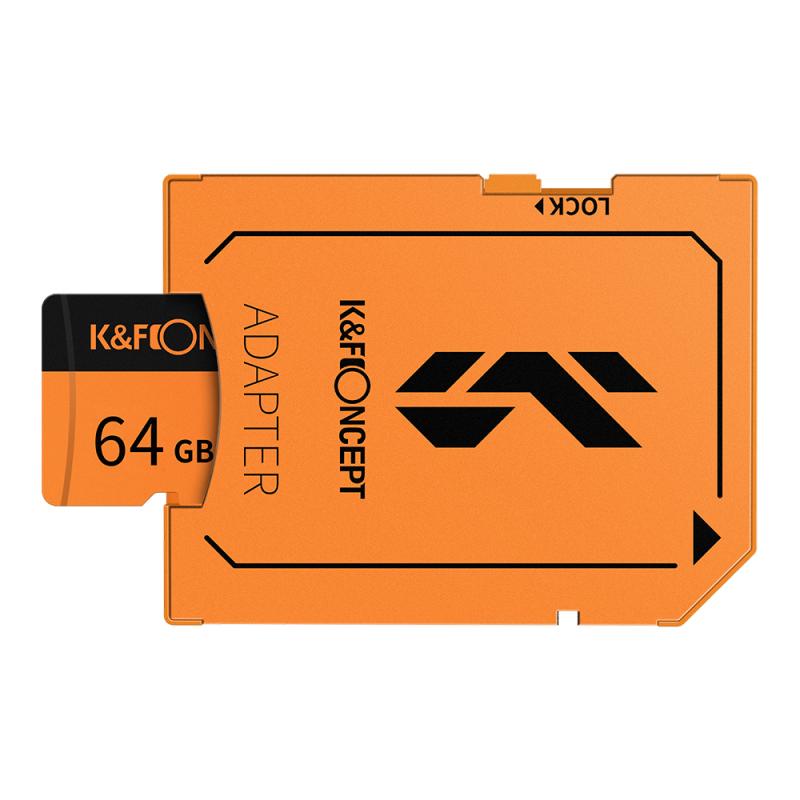
Before diving into the steps, it's important to understand a few key points:
1. Compatibility: Not all smartphones support the installation of apps on an SD card. This feature is more commonly found in Android devices. iPhones, for instance, do not support external memory cards.
2. SD Card Quality: The performance of apps installed on an SD card can be influenced by the quality and speed of the card. It's advisable to use a high-speed SD card (Class 10 or UHS-I) to ensure smooth performance.
3. Android Version: The ability to move apps to an SD card can vary depending on the version of Android your device is running. Newer versions of Android have more robust support for this feature.
Steps to Download Apps to a Memory Card
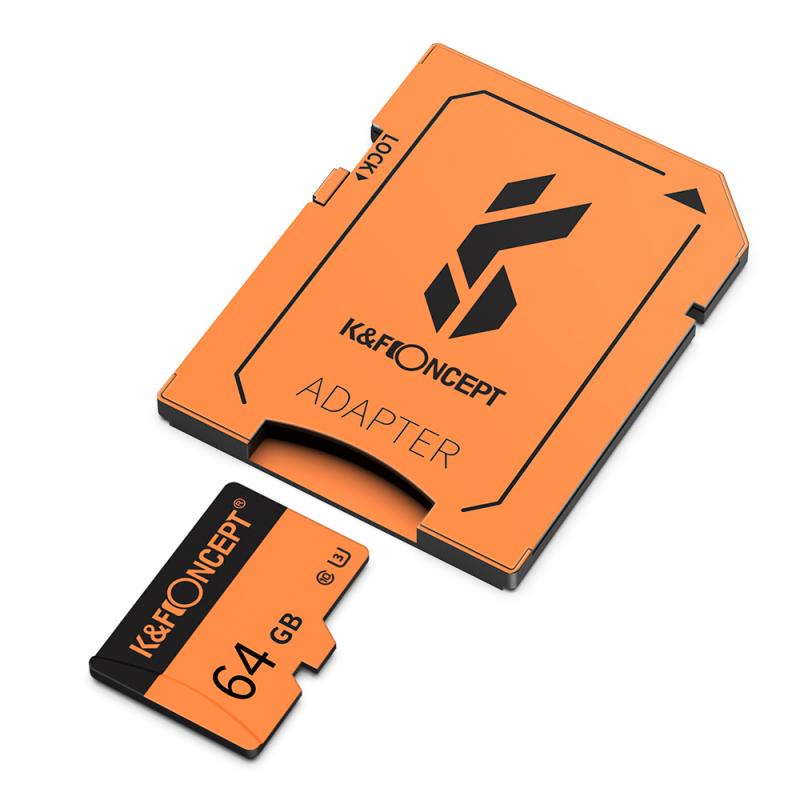
1. Insert the SD Card
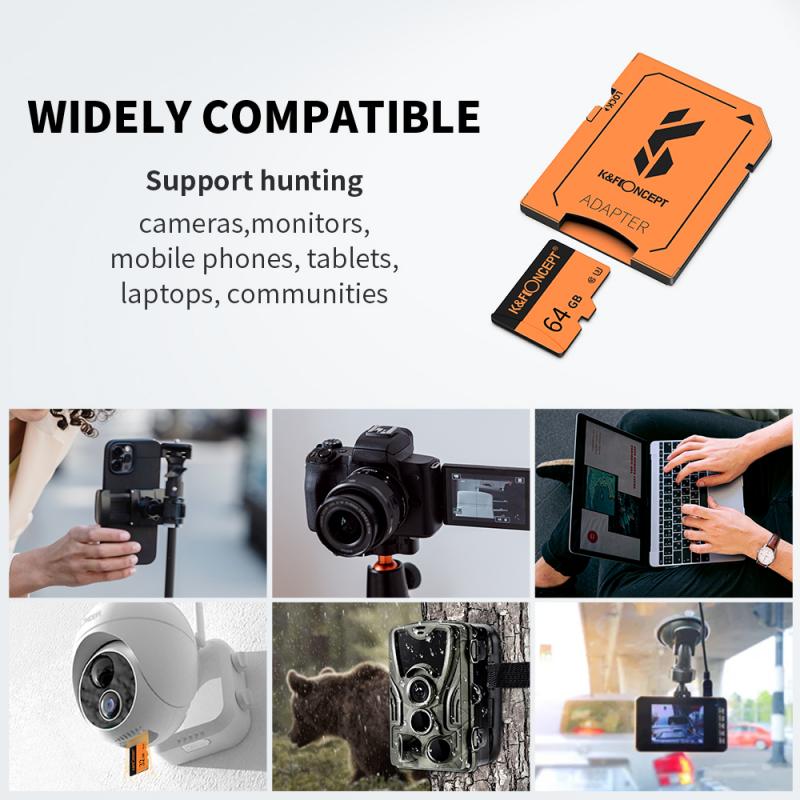
First, ensure that your SD card is properly inserted into your smartphone. Most Android devices have a dedicated slot for the SD card, which is usually located next to the SIM card slot. Once inserted, your device should recognize the card and prompt you to set it up.
2. Set Up the SD Card as Internal Storage
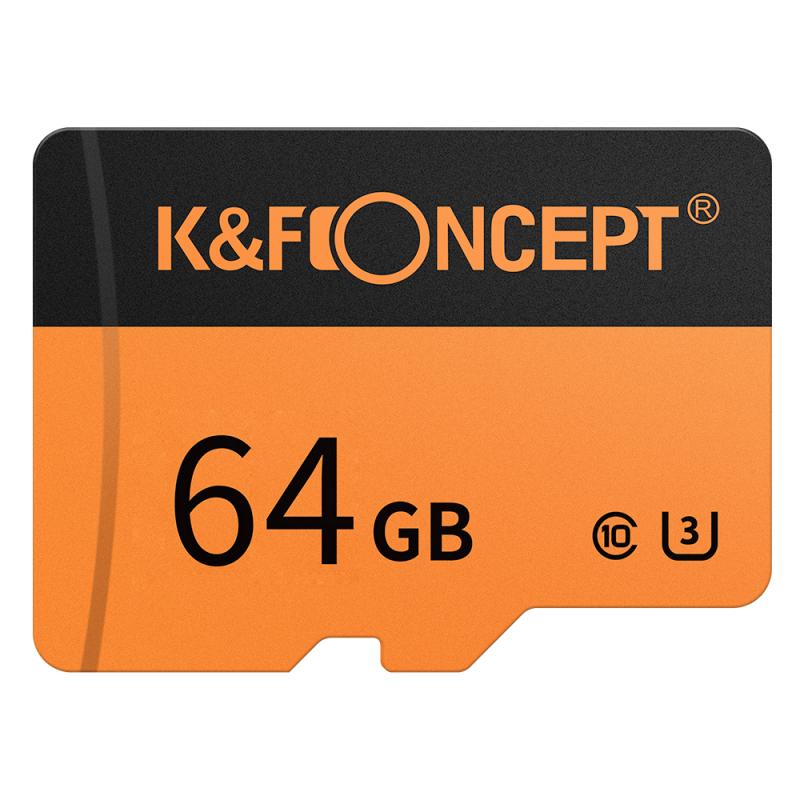
To download apps directly to the SD card, you need to set it up as internal storage. This process will format the SD card and encrypt it, making it usable only with your current device. Here’s how to do it:
1. Go to Settings: Open the Settings app on your device.
2. Storage: Navigate to the Storage section.
3. Select SD Card: Tap on the SD card option.
4. Format as Internal: Choose the option to format the SD card as internal storage. Follow the on-screen instructions to complete the process.
3. Move Existing Apps to the SD Card
If you already have apps installed on your internal storage, you can move them to the SD card to free up space. Here’s how:
1. Go to Settings: Open the Settings app.
2. Apps: Navigate to the Apps section.
3. Select App: Tap on the app you want to move.
4. Storage: Tap on the Storage option.
5. Change Storage Location: If the app supports it, you will see an option to change the storage location. Select the SD card and follow the prompts to move the app.
4. Download New Apps Directly to the SD Card
Once the SD card is set up as internal storage, new apps will automatically be installed on the SD card by default. However, if you want to ensure that this setting is enabled, follow these steps:
1. Go to Settings: Open the Settings app.
2. Storage: Navigate to the Storage section.
3. Preferred Install Location: Look for an option that allows you to set the preferred install location. Select the SD card as the default location.
Troubleshooting Common Issues
While the process of downloading apps to a memory card is generally straightforward, you may encounter some issues. Here are a few common problems and their solutions:
1. SD Card Not Recognized
If your device does not recognize the SD card, try the following steps:
1. Reinsert the Card: Remove the SD card and reinsert it to ensure it is properly seated.
2. Check Compatibility: Ensure that the SD card is compatible with your device.
3. Format the Card: If the card is still not recognized, try formatting it using a computer and then reinserting it into your device.
2. Apps Not Moving to SD Card
If you are unable to move apps to the SD card, it could be due to the following reasons:
1. App Restrictions: Some apps do not support being moved to an SD card. This is often the case with system apps and pre-installed apps.
2. Android Version: Ensure that your device is running a version of Android that supports this feature. Updating your device to the latest version may resolve the issue.
3. Performance Issues
If you experience performance issues with apps installed on the SD card, consider the following:
1. Card Speed: Ensure that you are using a high-speed SD card. Slower cards can lead to lag and longer load times.
2. Storage Space: Make sure that the SD card has sufficient free space. A nearly full card can slow down performance.
Benefits of Using an SD Card for Apps
Using an SD card to store apps offers several benefits:
1. Increased Storage Capacity: By offloading apps to the SD card, you free up valuable internal storage space, allowing you to store more apps, photos, videos, and other data.
2. Improved Device Performance: With more free space on the internal storage, your device can operate more efficiently, leading to better overall performance.
3. Cost-Effective Solution: SD cards are relatively inexpensive compared to upgrading to a device with more internal storage. This makes them a cost-effective solution for expanding your device's storage capacity.
In conclusion, downloading apps to a memory card is a practical solution for managing limited internal storage on your smartphone. By following the steps outlined in this article, you can effectively set up your SD card as internal storage, move existing apps, and ensure that new apps are installed directly to the card. This not only helps in freeing up internal storage but also enhances the overall performance of your device. Remember to use a high-quality SD card and keep your device updated to enjoy a seamless experience. With these tips, you can make the most of your smartphone's storage capabilities and enjoy a clutter-free digital life.

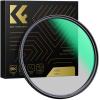

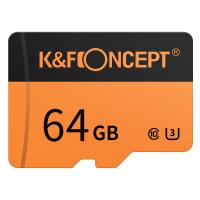



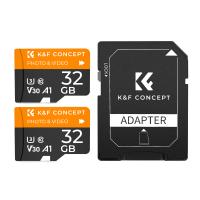
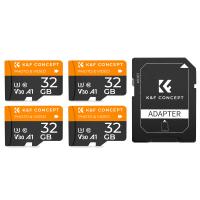


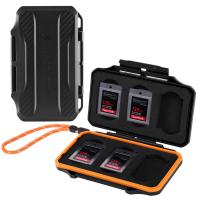
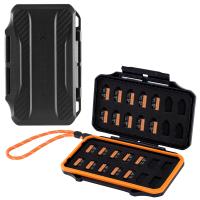
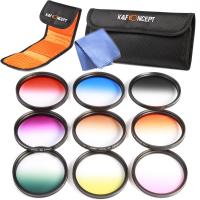

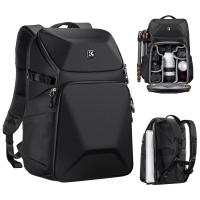



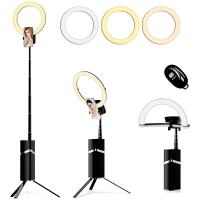
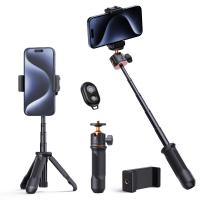
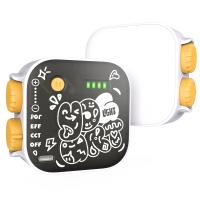





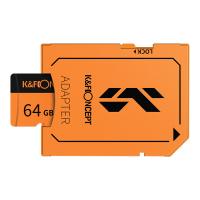


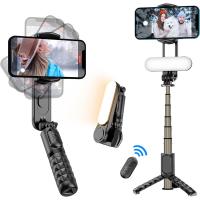

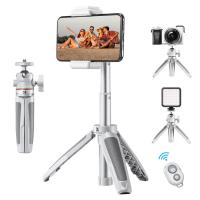
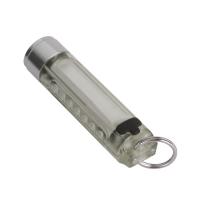
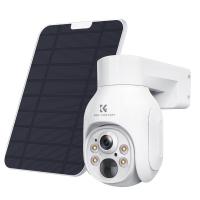




There are no comments for this blog.